I had a maocha from Beijing today. It’s been almost two years since I bought it, and it’s showing the first signs of age. However, it’s still very young, and in case the taste wasn’t obvious enough, my stomach protested.
My stomach doesn’t like young puerh very much. It never really has. These days, however, I can’t drink it more than two days in a row, or in some cases, even one day, without it protesting that I’m doing it eternal harm.
The tea people I associate with in Hong Kong (and pretty much any other Chinese tea drinker in Southern China) believe that young puerh isn’t very good for you. It’s harsh, and it can damage your stomach, at the very least. It’s also supposed to be bad for your kidney, but I think that’s more a Chinese medicine thing and longer term. You don’t always see the immediate consequences for that, but you definitely see immediate consequences for drinking too much young puerh. Tiffany, of Best Tea House, has long complained of having a weak stomach, especially after so many years of drinking too much tea. These days if you give her a cup of young puerh or green oolong, she’ll sip it very slowly, trying to basically not drink any of it (or at most, for a taste to see how the tea is). The same problem doesn’t really apply when it’s heavy roasted tea or an aged tea.
I find myself more or less in the same boat these days. I didn’t drink a young puerh yesterday, but the day before I did. It shows immediately. It’s just a mild stomach discomfort today, but it can become a full blown stomach ache if, say, I drink more young stuff tomorrow. It doesn’t really matter what kind of young puerh it is — the result is more or less the same.
These things are obviously also affected by your diet, etc, but that’s why you don’t see me talking much about young puerh these days, and if you’ve sent me a sample of something (especially those under 5 years of age) and I haven’t gotten to it yet — please forgive me for being slow 🙂







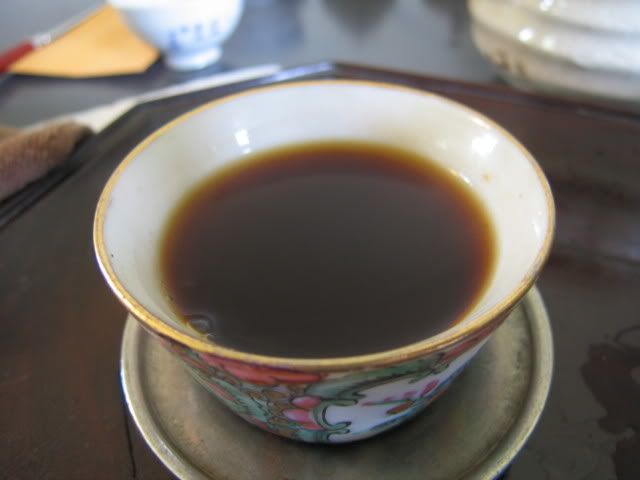
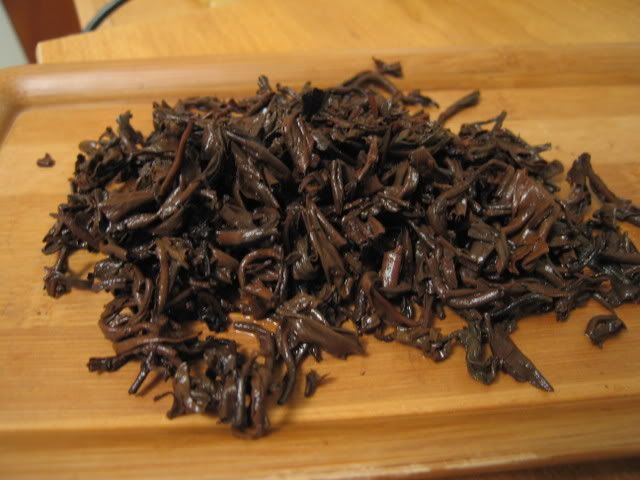

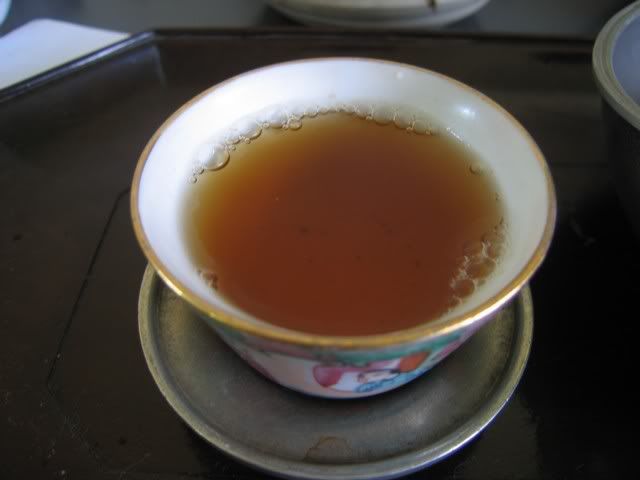
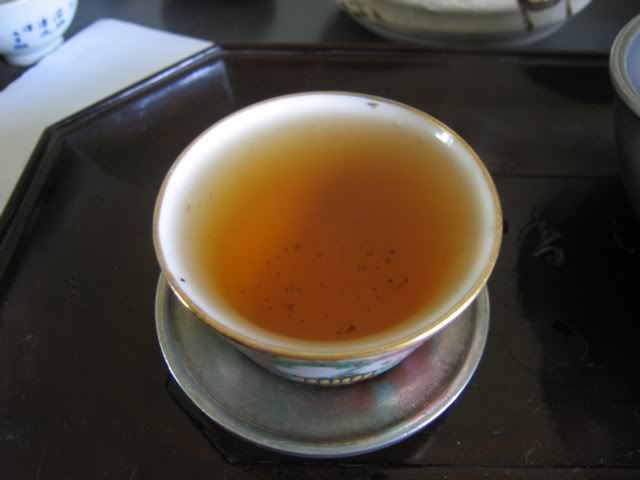
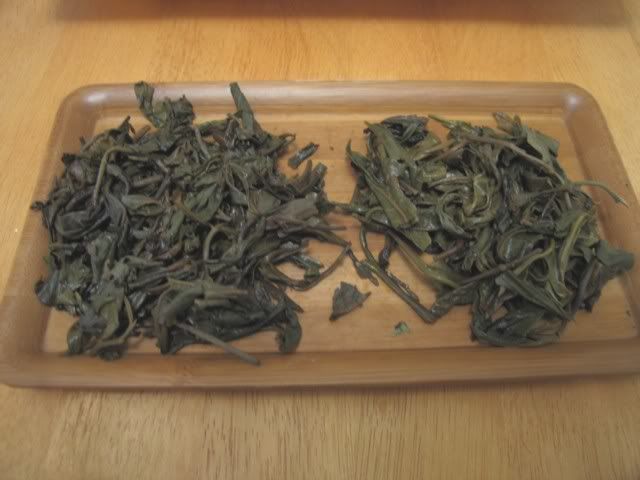
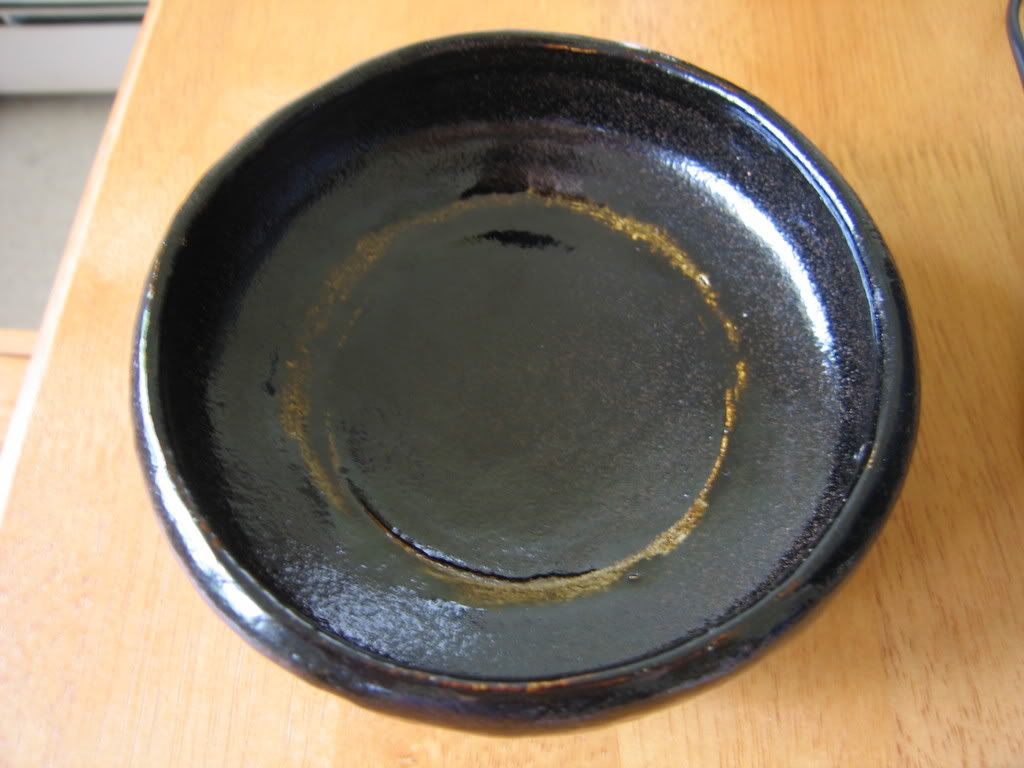
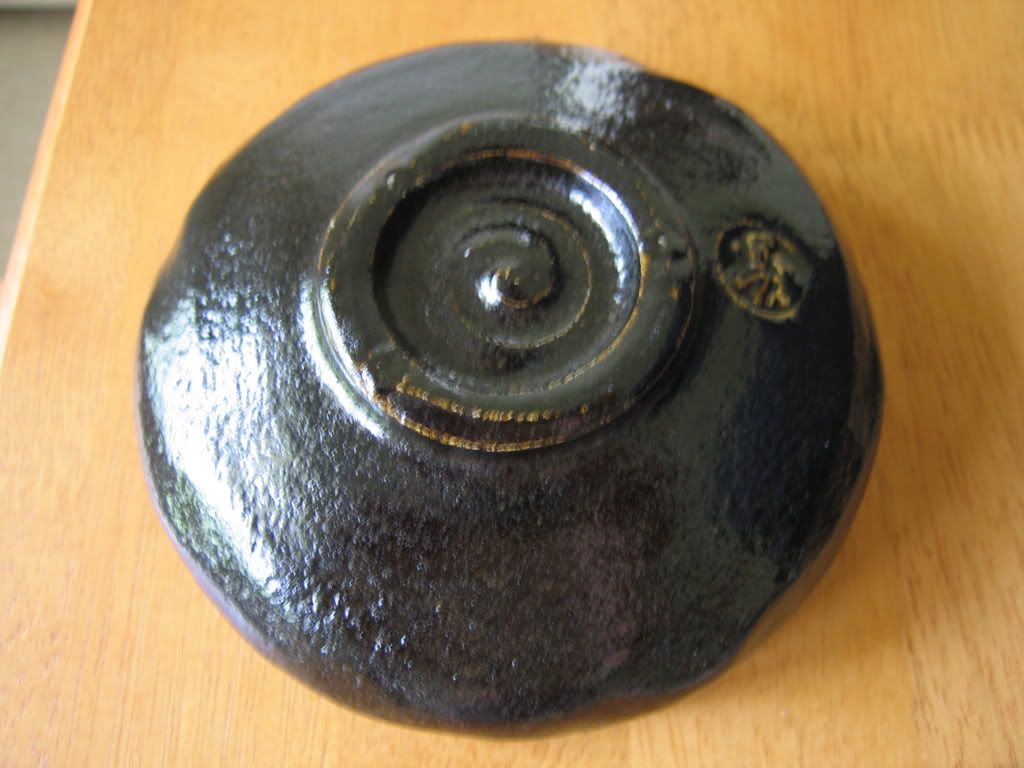

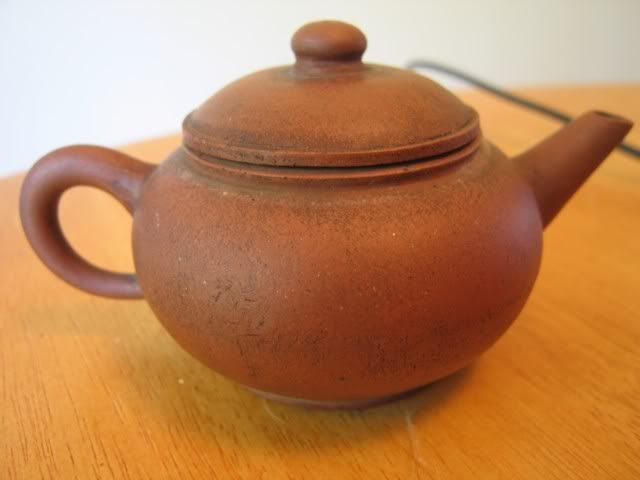
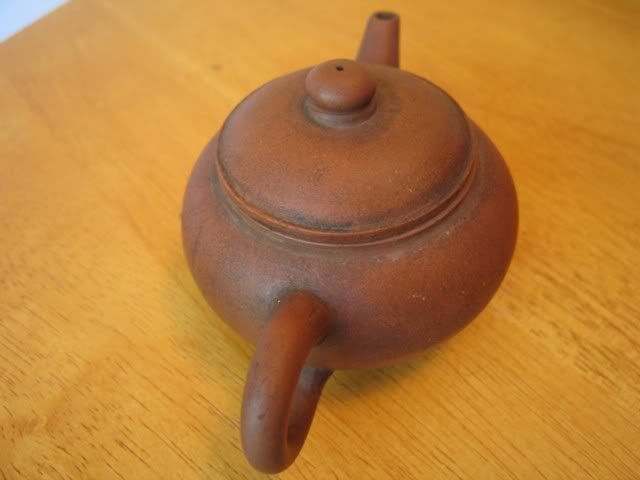
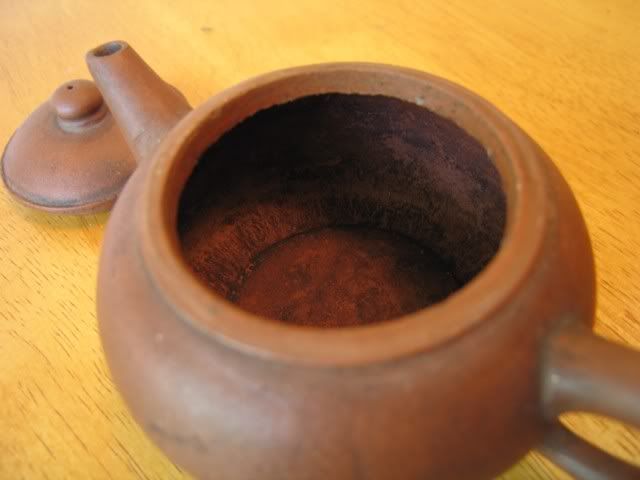

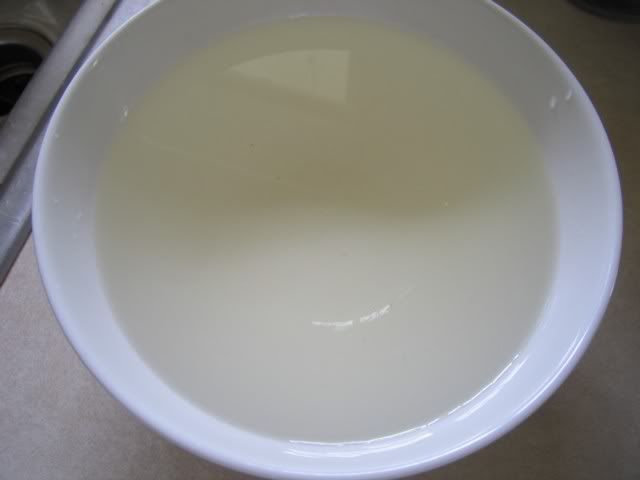
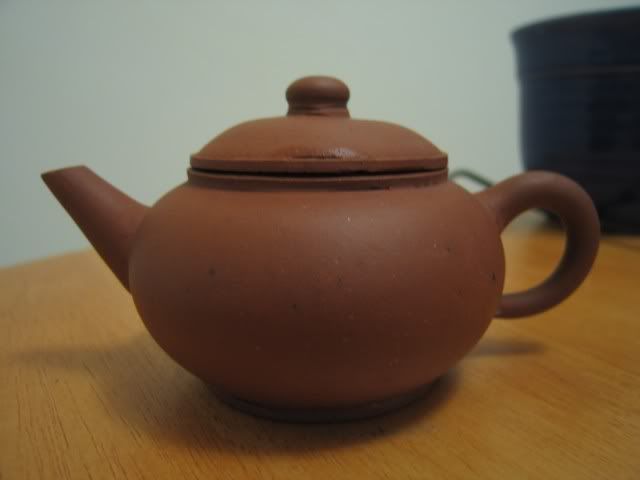
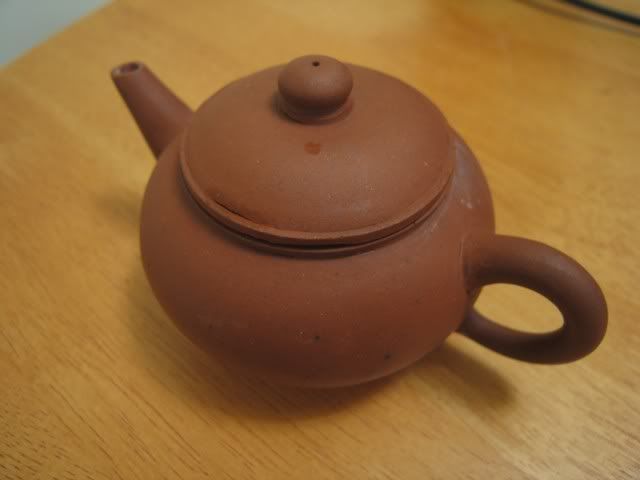
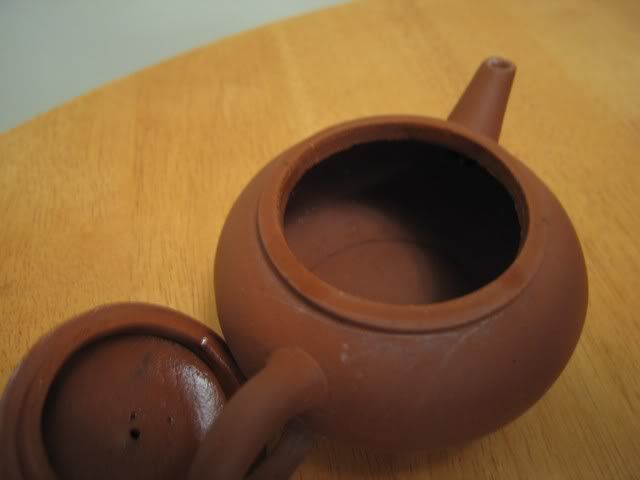
 RSS - Posts
RSS - Posts
Interesting.... would 250C in my oven work?